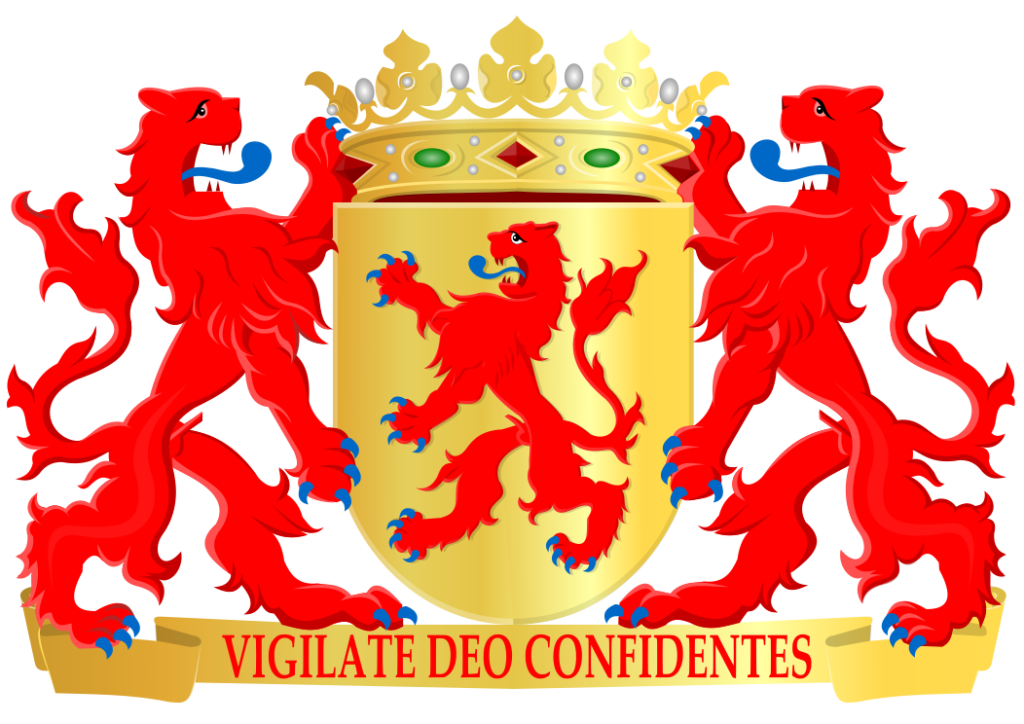welcomE in hoLIdAY LAND
CLICK ON THE HOTSPOTS FOR THE DESIRED PROVINCE
mailto:[email protected]
Klik hierboven op de knop
en vind de dichtsbijzijnde koffieshop
mailto:[email protected]
Klik hierboven op de knop
en vind de dichtsbijzijnde koffieshop



Queen Juliana granted the old coat of arms of Holland, together with the motto, by Royal Decree on December 30, 1959 to the province of South Holland.
This coat of arms is an adapted version of a coat of arms that has been in use since about 1198 for the area of the current provinces of North and South Holland. Started as a coat of arms of the Gerulfingen, the first counts of the county of Holland, it has been taken over by all later governors of Holland. Since 1907, the province of North Holland, which arose in 1840, has had its own coat of arms, but here too the Dutch coat of arms has the most important position.




